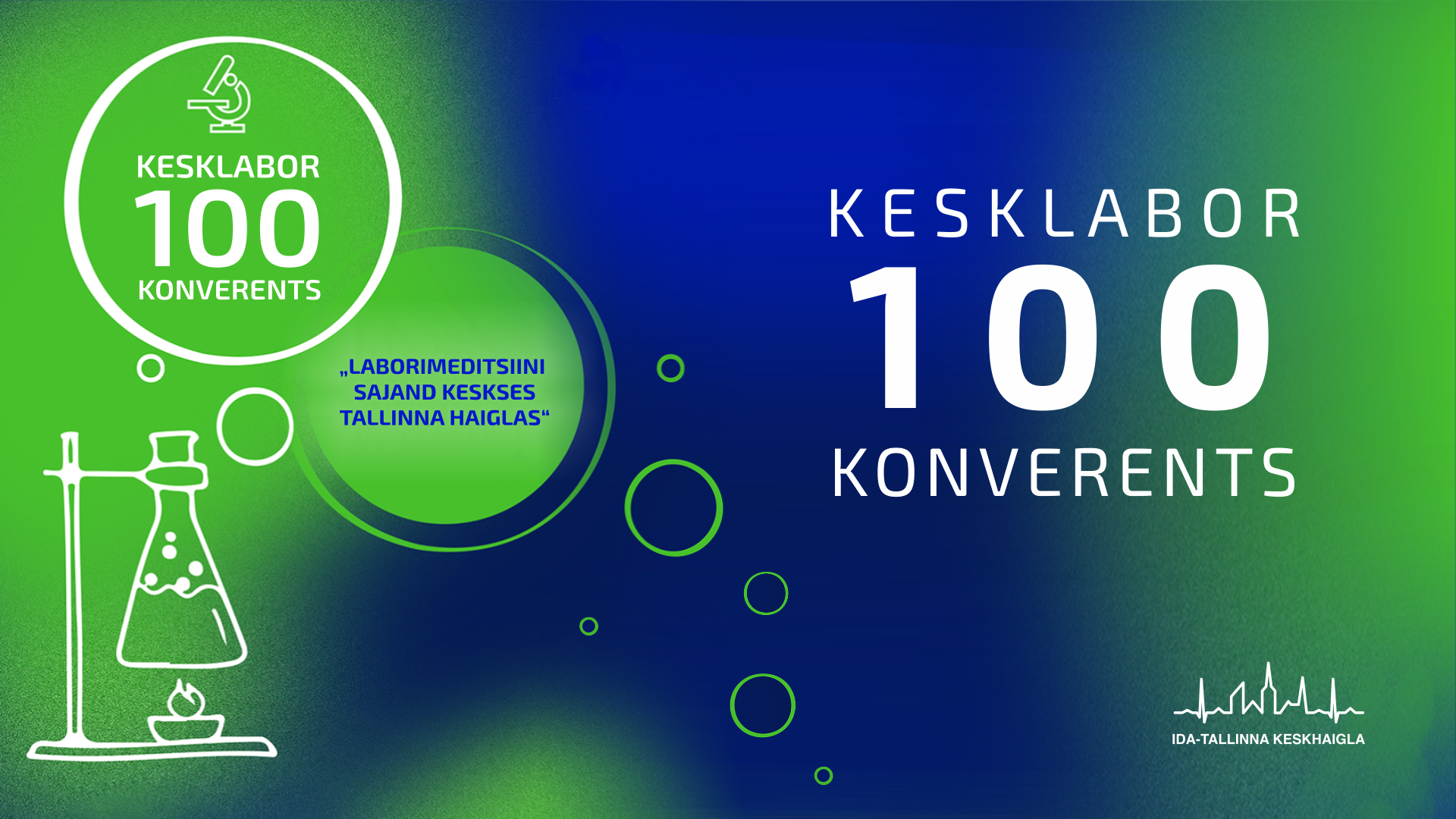East Tallinn Central Hospital’s Central Laboratory celebrates its 100th anniversary
Today, 100 years ago, the Central Laboratory of the East Tallinn Central Hospital was launched, where today more than 2 million laboratory tests are analysed each year to assess patients' conditions and identify the causes of symptoms.

“In addition to performing laboratory tests, the East Tallinn Central Hospital’s central laboratory also plays a role in directing the ordering of research,” says Liisa Kuhi, head of the central laboratory. “Today, we carry out research in six main laboratory fields: clinical chemistry, haematology, immunology, immunohaematology, microbiology and molecular diagnostics. It is important to keep the range of tests modern and consider all the specialties of the hospital.”
“In the laboratory of the future, we must pay even more attention to speed, patient convenience and integrating the results of other diagnostic tests,” adds Dr Kuhi. “Advances in IT and other technologies certainly offer solutions for this, but competent staff will still be needed to set up the technology and interpret the results based on extensive background knowledge."
In 2007, the quality management system of the East Tallinn Central Hospital Central Laboratory received an accreditation certificate from the Estonian Accreditation Centre for the first time. The East Tallinn Central Hospital Central Laboratory is the oldest continuously operating hospital laboratory in Estonia.
On Thursday, 23 November, the 100th anniversary of the East Tallinn Central Hospital Central Laboratory will be celebrated with a conference at the Flower Pavilion.
At the end of 1923, the microchemistry laboratory, which was then known as the microchemistry cabinet and also included the bacteriology cabinet, started working at the Central Hospital. Before then, the hospital had its analyses performed at the City Laboratory.
In 1925, the laboratory got their premises rebuilt. New tools included a centrifuge, microscope, autoclave and thermostat.
The laboratory gradually expanded, so that nearly 18,800 studies were carried out in 1939/1940.
The arrival of analysers in the 1970s and 1980s and especially the arrival of automated analysers in the 1990s enabled an explosive growth in the volume of laboratory research.
 Terviseportaal
Terviseportaal